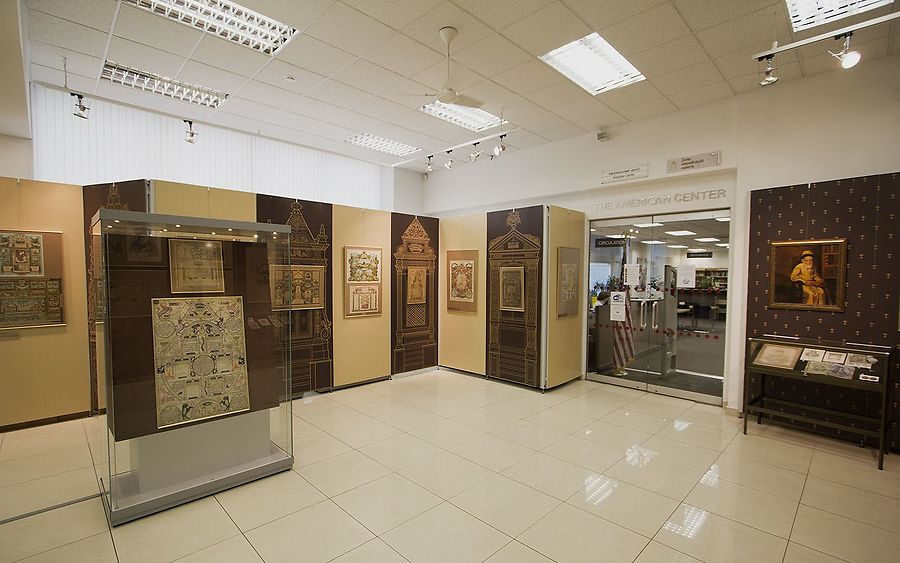


‘To See and Remember: Aesthetics of the Sacred in Jewish Visual Culture’
This exhibition features ‘mizrach’ plaques, ‘shiviti’, amulets, folk art, portraits of rabbis, and ‘yortsayt’ tablets from the museum’s collections. This material, though little known to the general public, vividly illustrates the visual culture of Russian Jews and the aesthetics of their traditional way of life.
In the Jewish tradition, seeing (‘visions’) and memory are the most important tools for knowing God and maintaining a constant connection with Him. Religious tradition binds seeing or vision and memory tightly together in their functional definitions as components in the process of understanding and fulfilling the commandments. In this context, memory (remembrance) is conceived as a restoration of the unity of disjoined sensations; i.e., the implication is that ‘in order to remember, one must see’. Spiritual realities must take on visible forms in order to be fully perceived and experienced – otherwise, their memory will be flawed.
Various visual forms (‘views’) embody specific genres of Jewish figural folk art and serve these purposes. They include the shiviti and mizrachs (decorative tablets hung on the eastern wall of a home to denote the orientation of prayer toward Jerusalem) – as well as portraits of famous rabbis, Talmudists, and Hasidic holy men (tsadiks); various ‘qamea’ amulets for protection; and yortsayt tablets for recording the anniversaries of the death of deceased relatives.
Shiviti, mizrach plaques, and other types of folk drawings became very common among East European and Russian Jewry from the beginning of the 19th century on. In Eastern Europe and the Pale of Settlement, drawn or printed ‘views’ and amulets became integral features of the traditional interior of synagogues and Jewish homes – they accompanied people throughout their lives, both on weekdays and on holidays.

